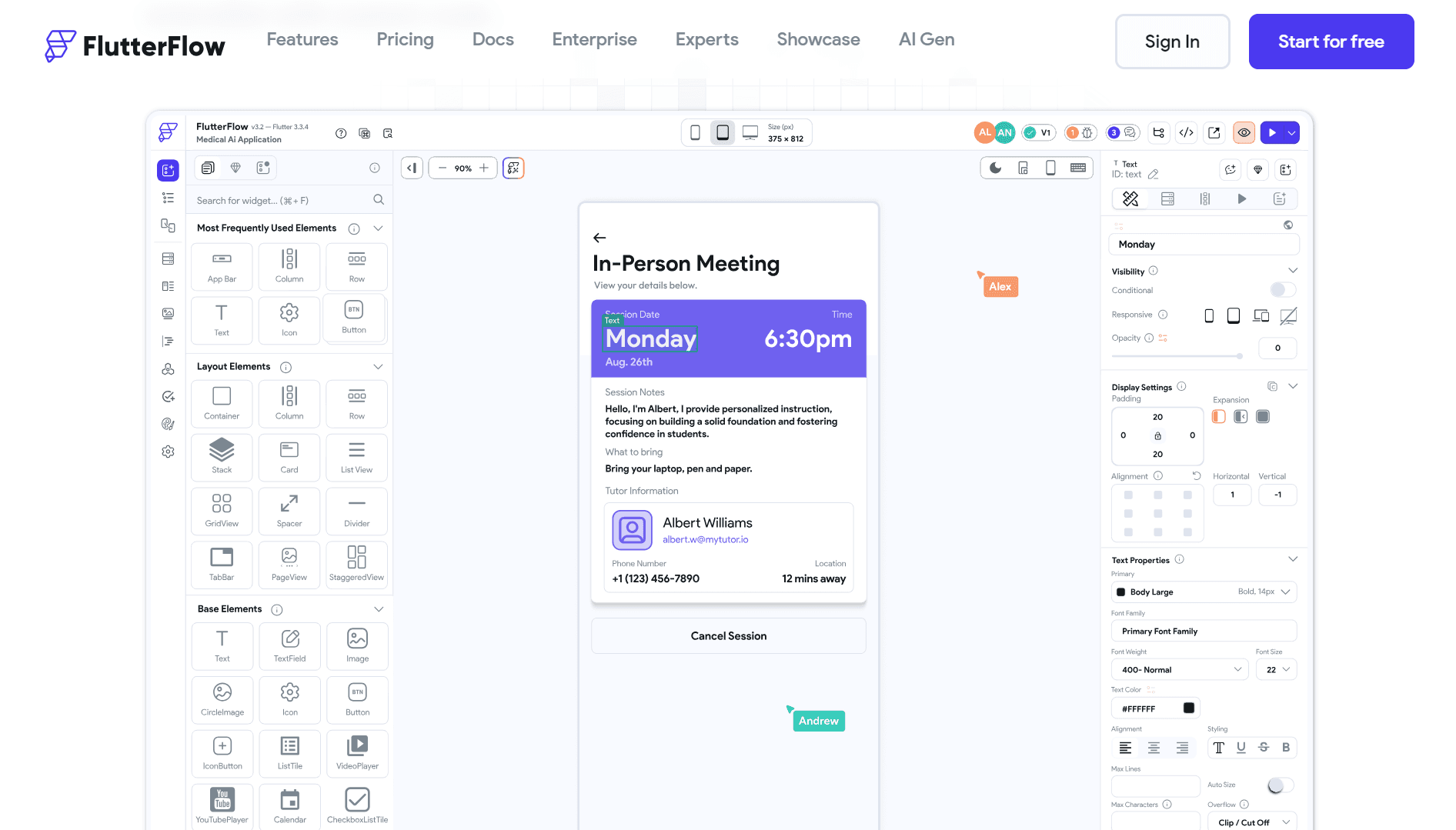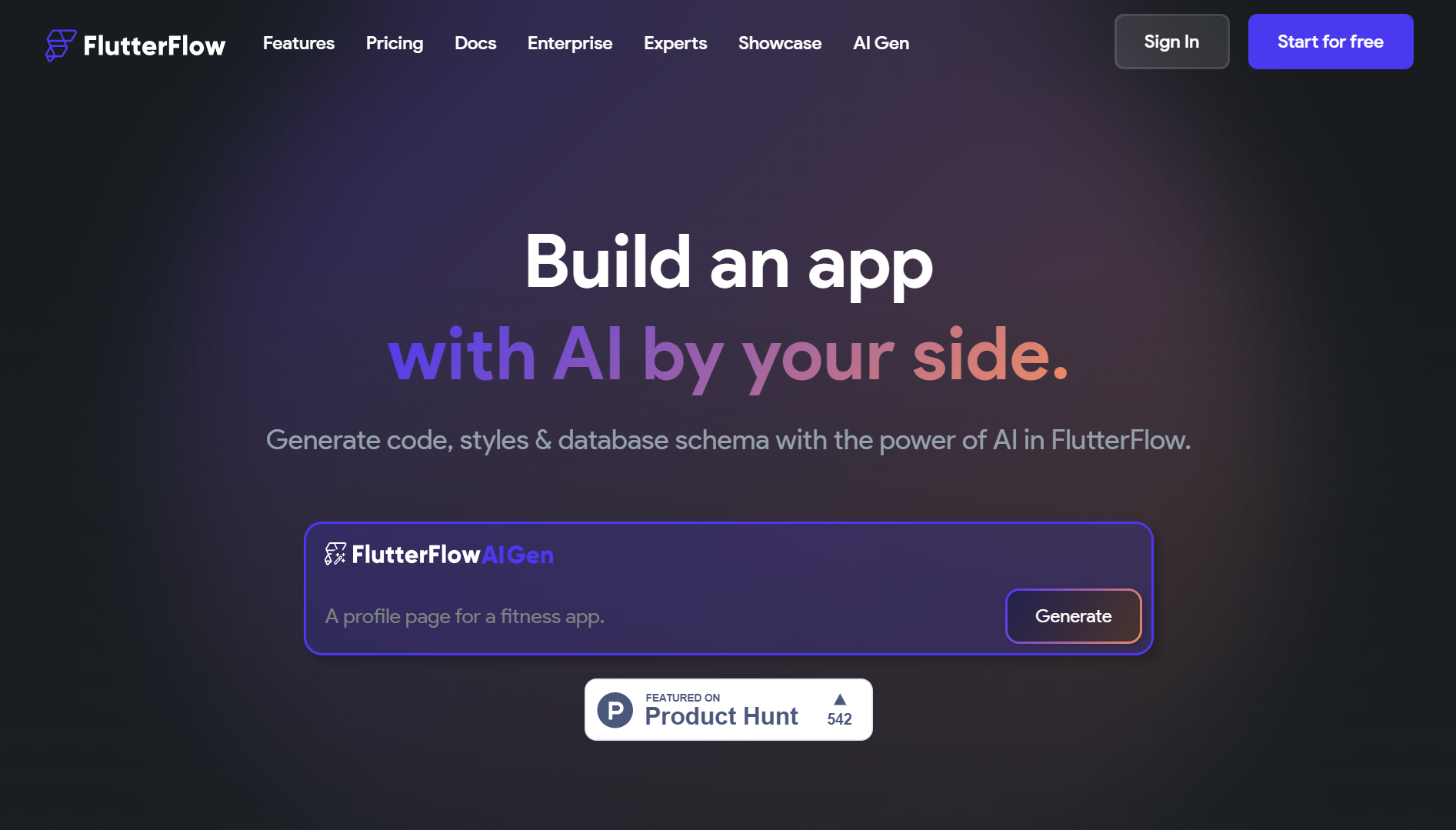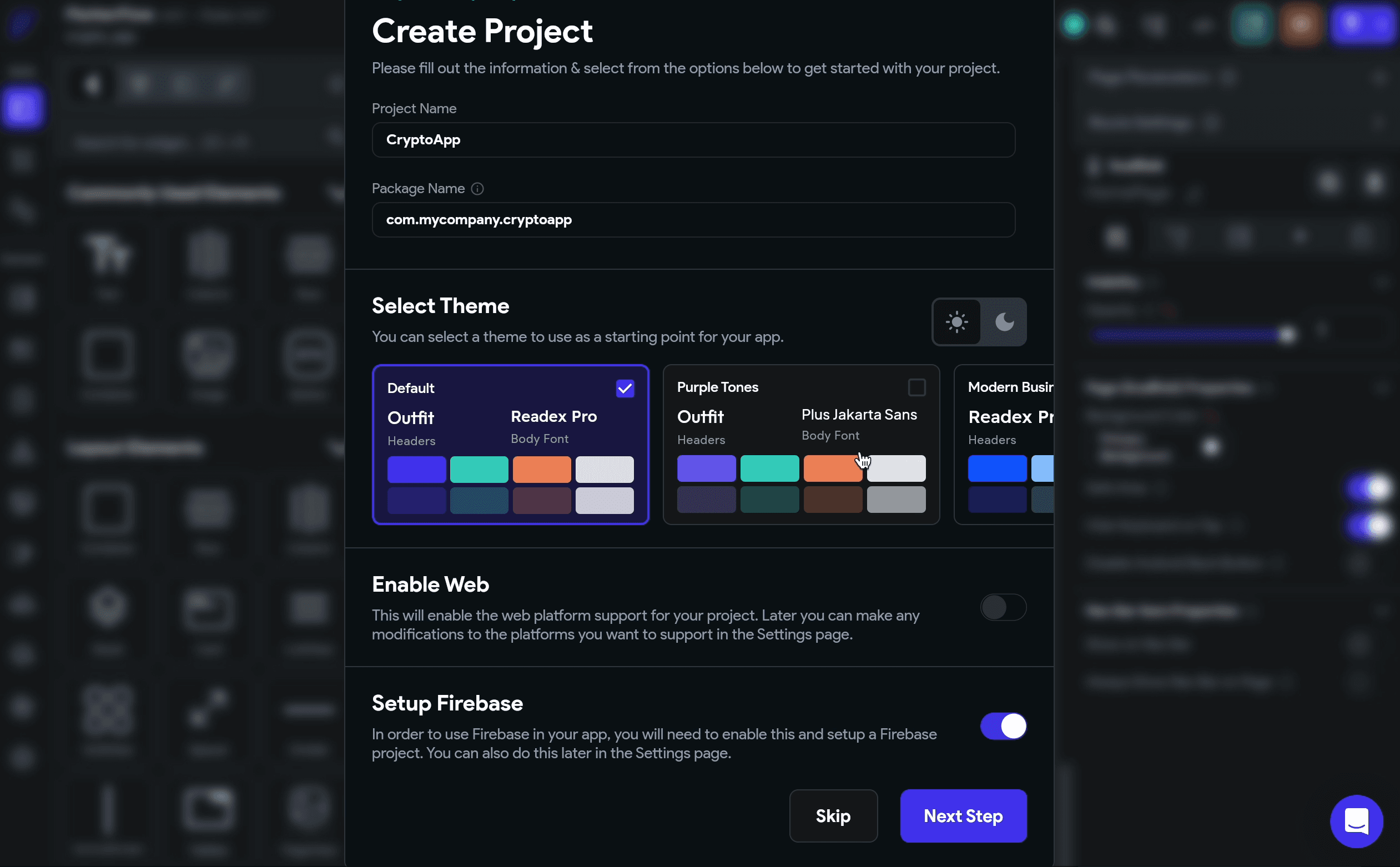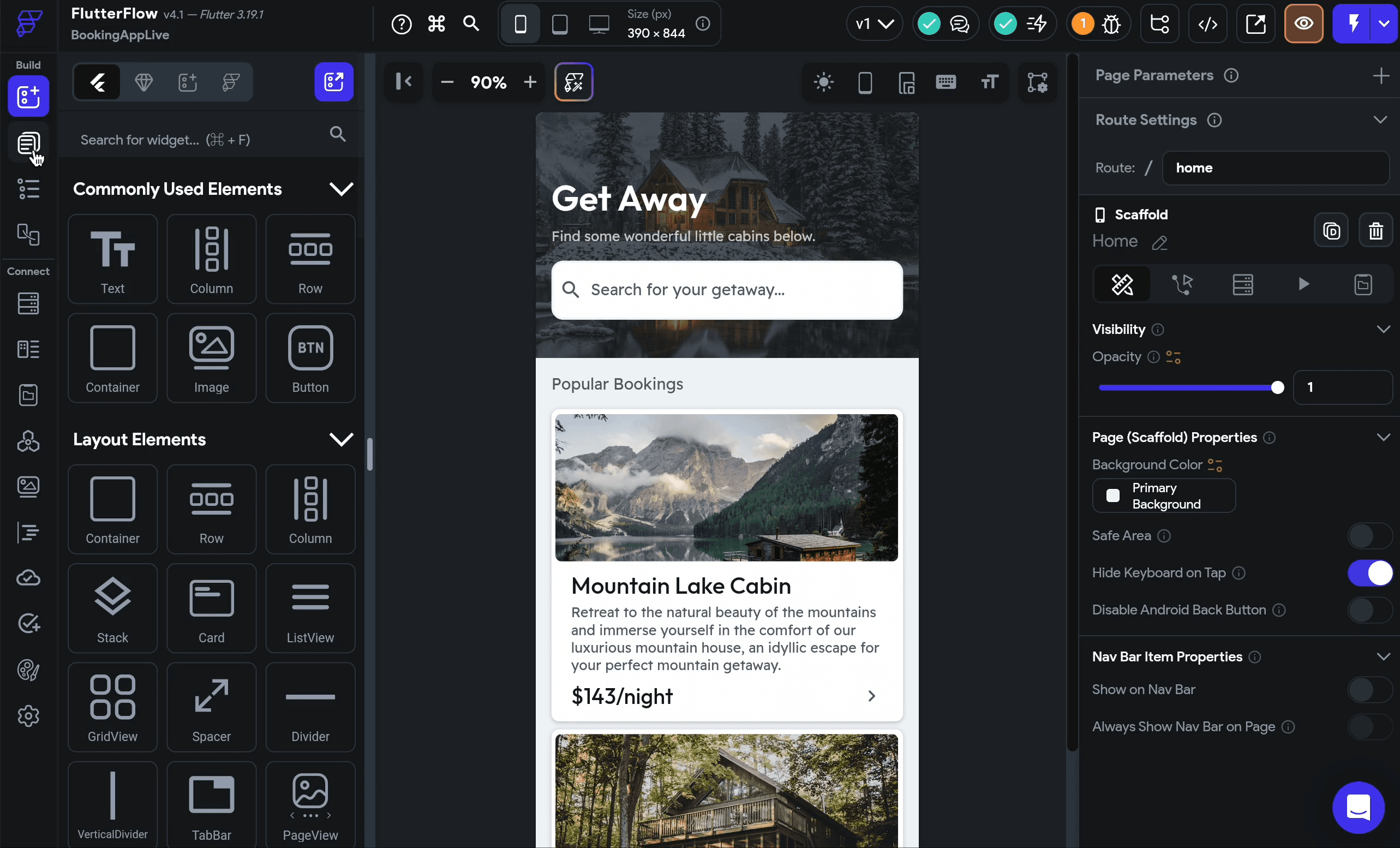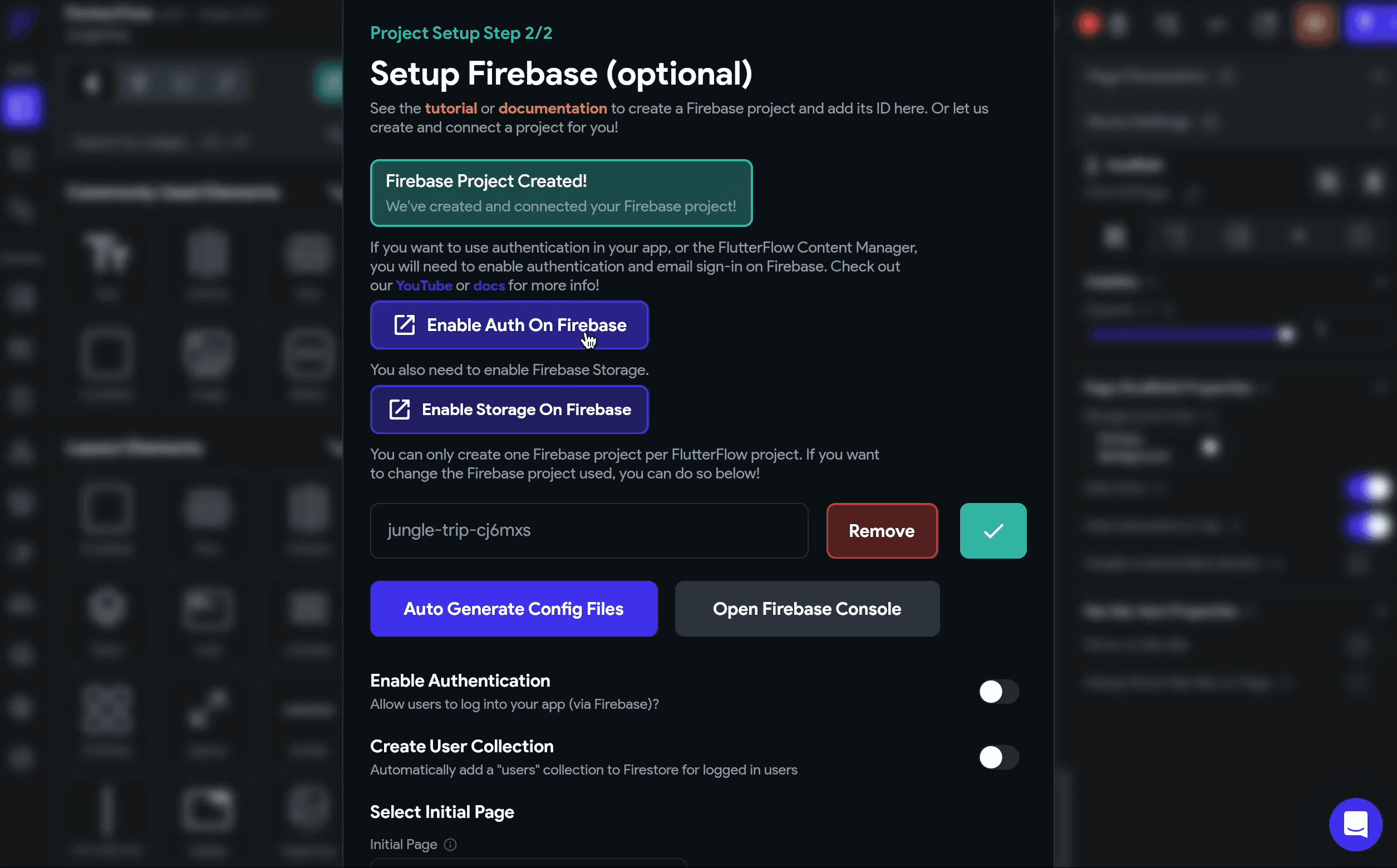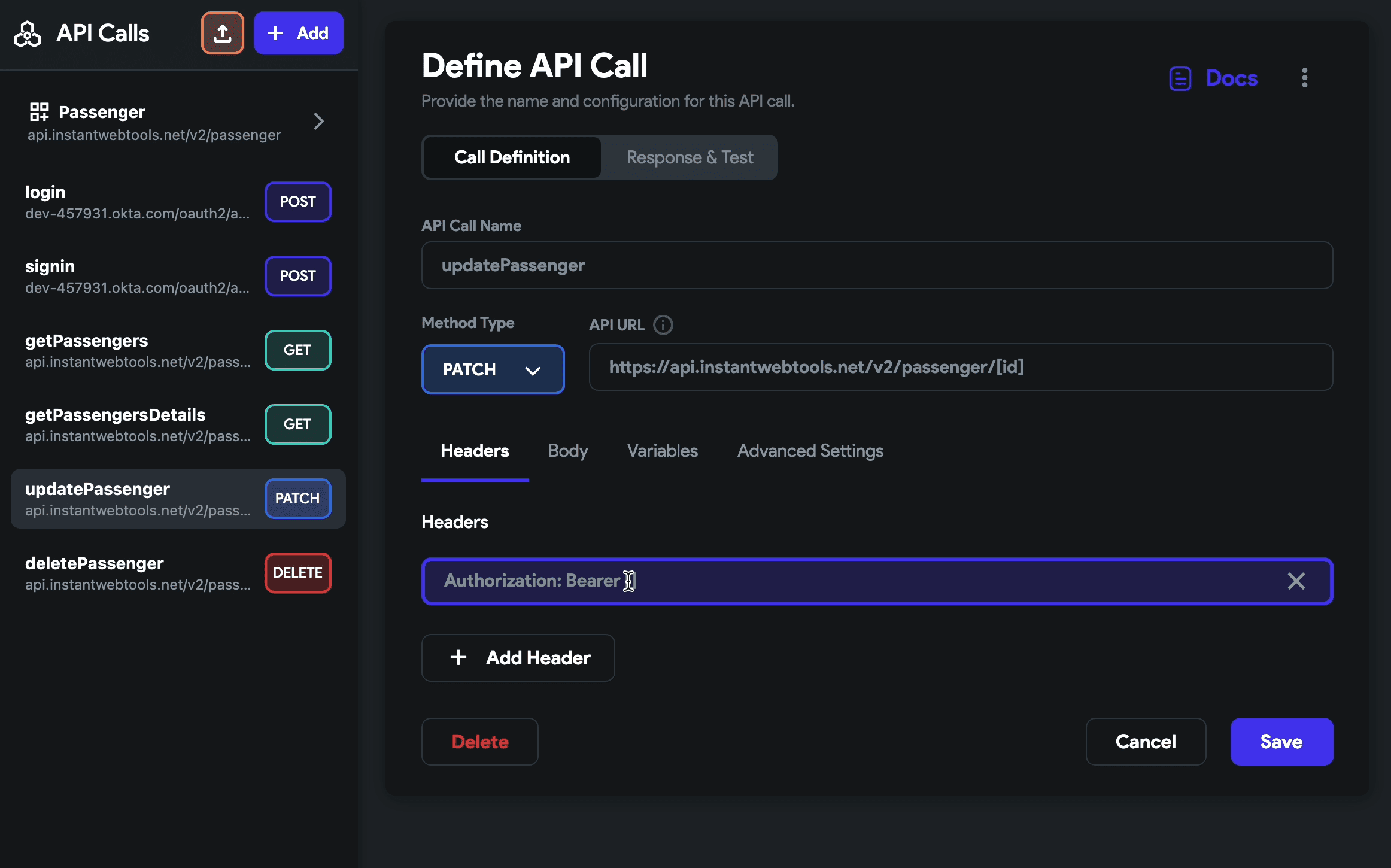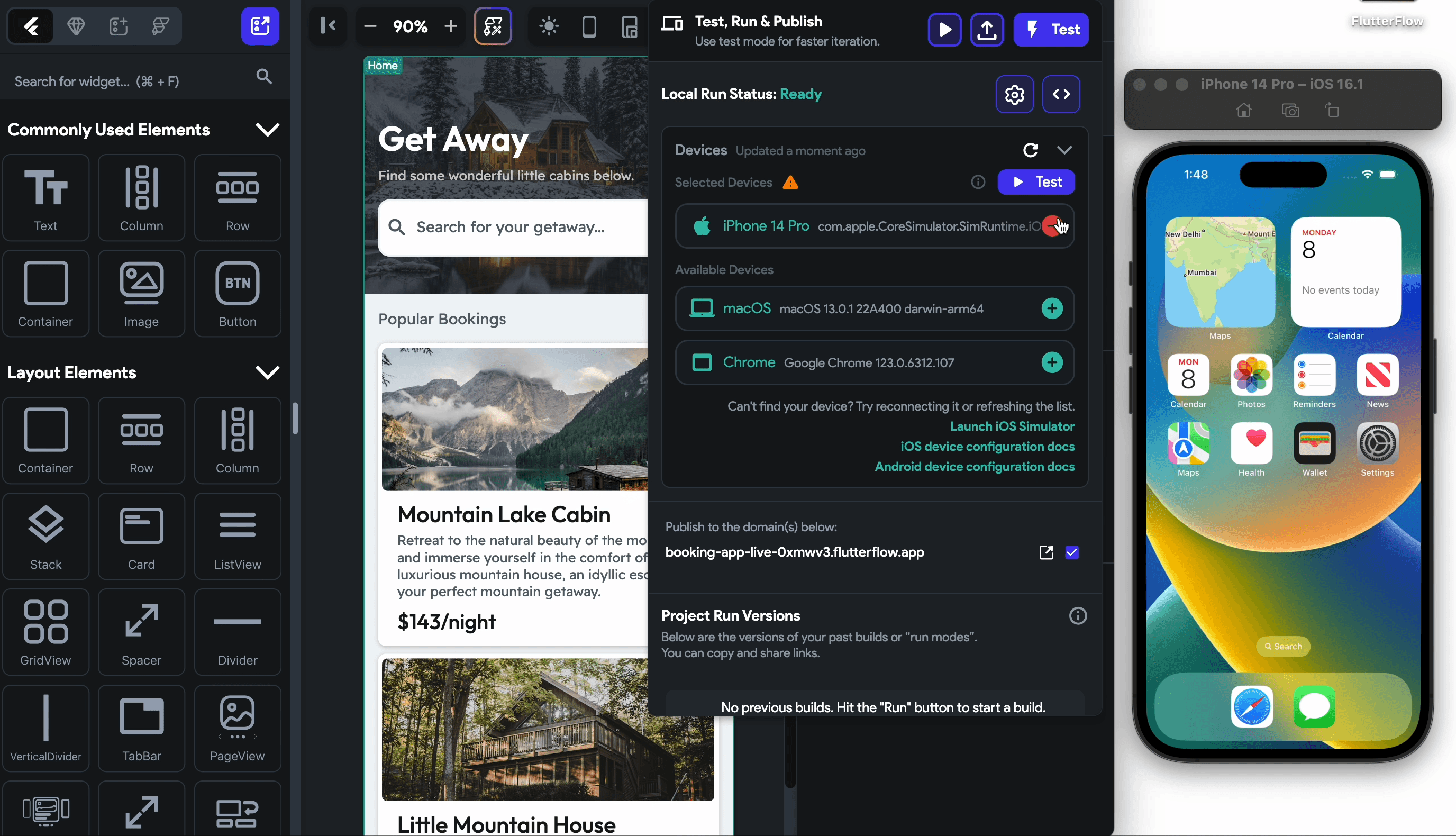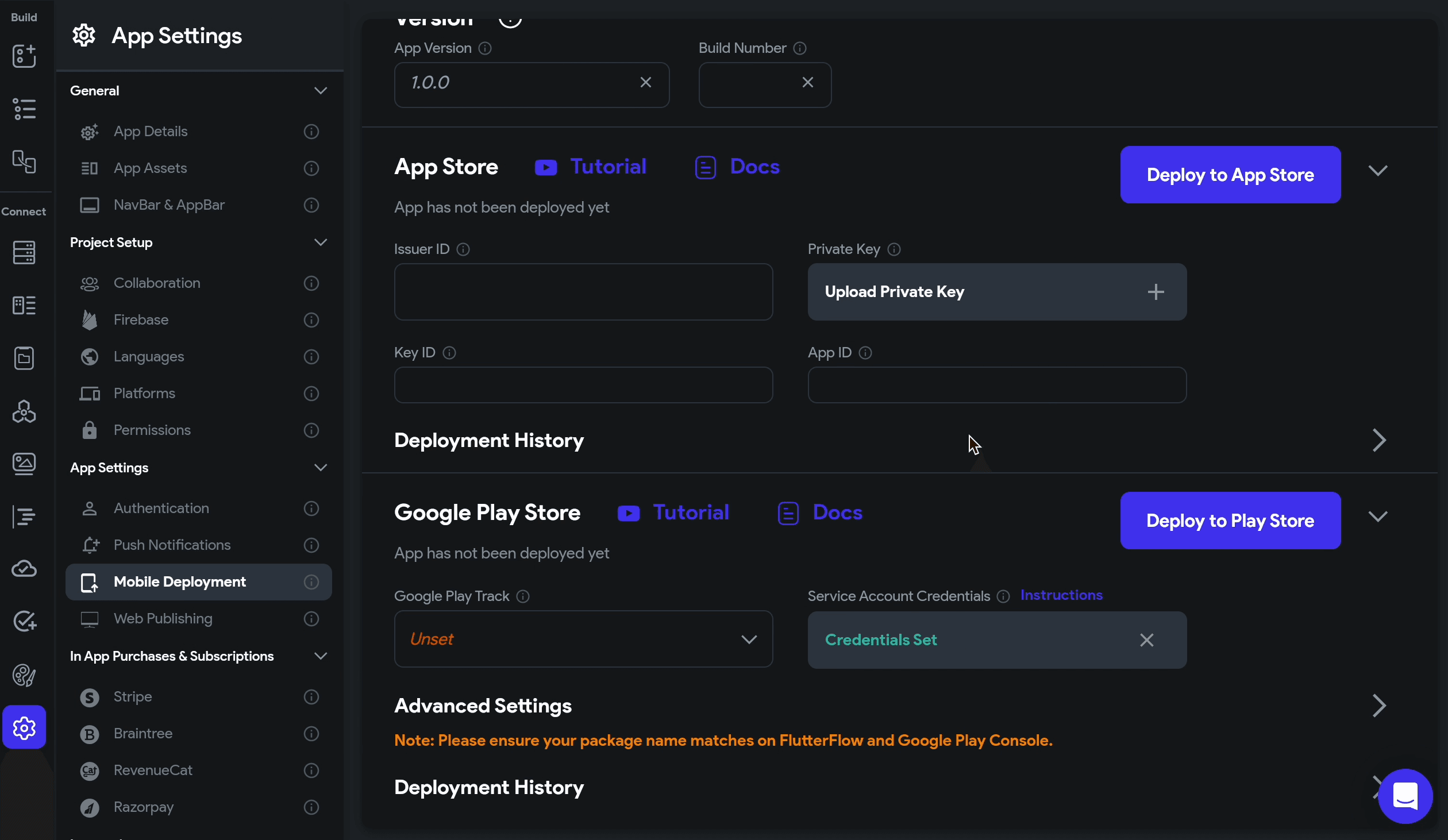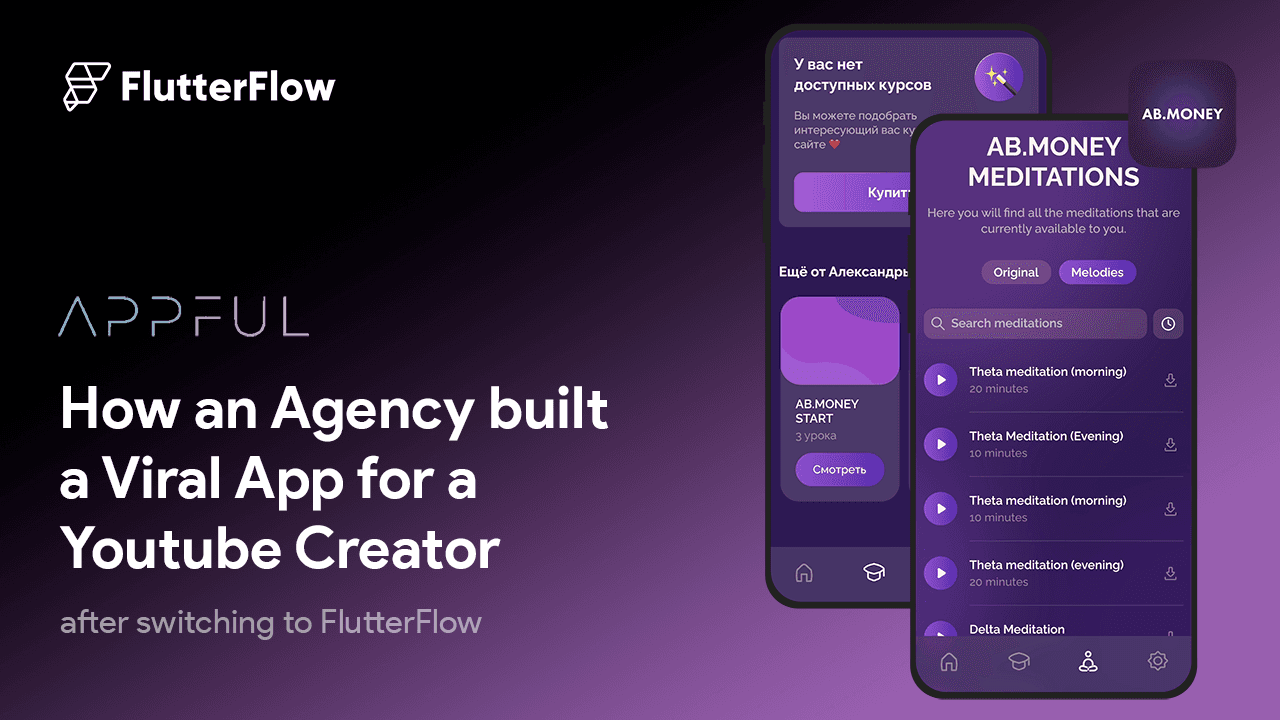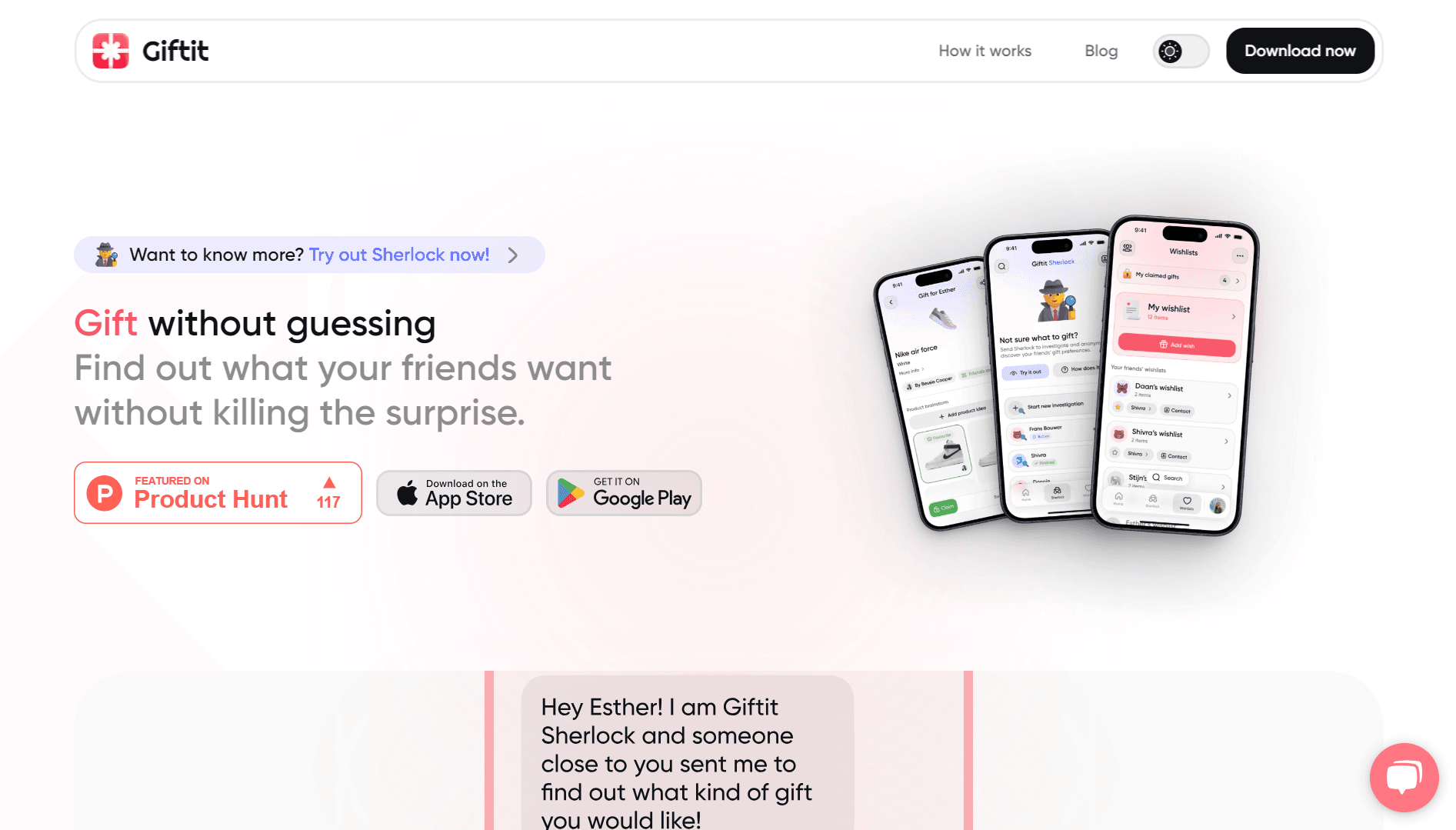Remember the days when building an app felt like deciphering ancient text? Those days are over! The app development scene has undergone a revolution, a major thanks to AI application development. FlutterFlow is at the forefront when speaking about this exciting AI application development shift. With FlutterFlow building intelligent and beautiful apps is no longer just for seasoned programmers – it's within reach for anyone with a vision and a dash of creativity.
In this article, we'll take you on a journey through the exciting features of FlutterFlow, provide a step-by-step guide to building an AI-powered app, and share some real-world examples and case studies to inspire you.
What is FlutterFlow?
Created by former Google engineers Abel Mengistu and Alex Greaves, FlutterFlow is an online, browser-based app builder that allows users to create native cross-platform applications with no code. As a third-party visual app builder for the Flutter framework, it significantly accelerates the AI app development process. To know more, check out our previous blog: What is FlutterFlow: Top Features, Pros, Cons, and More.
FlutterFlow’s AI-Powered Features
FlutterFlow AI Gen
Style and Database Schema Generation: Flutterflow AI Gen uses Artificial Intelligence to create styles and database schemas, streamlining the setup process for AI application development databases and UI design.
Integration with ChatGPT: Enhances AI app development by integrating with ChatGPT for natural language processing, allowing developers to generate code and app components through conversational AI.
AI Page Gen: Flutter Flow generates entire app pages from a simple prompt, significantly reducing development time and effort.
AI Component Gen: Creates detailed UI components based on user descriptions, which can be customized further to fit the app’s design requirements, demonstrating FlutterFlow’s commitment to flexibility and user-centric design in AI app development.
AI Schema Gen: Futterflow automatically generates database schemas from descriptions, facilitating quick and error-free database setup.
AI Theme Gen : Develops color schemes based on thematic descriptions, helping to maintain visual consistency throughout the app. This exemplifies how FlutterFlow uses AI to enhance the aesthetic aspects of AI application development.
Code Copilot: Assists in generating code snippets, functions, or entire blocks of code from natural language descriptions, simplifying the coding process. This simplifies the coding process, making FlutterFlow AI a powerful tool for developers at all skill levels.
AI Integration Capabilities
Third-Party AI API Integration: FlutterFlow Supports integration with various APIs like OpenAI and Gemini, enabling advanced features such as natural language understanding and personalized user interactions within apps.
Custom AI Functions: Allows the creation of custom AI functions within the app, leveraging AI to perform complex tasks efficiently, making AI application development more versatile and powerful.
User Experience and Customization
Customizable AI-Generated Content: Flutterflow offers options to customize AI-generated pages, components, and themes to better align with specific app requirements and aesthetics.
Interactive AI Features: Includes AI-driven interactive features like chatbots and virtual assistants, enhancing user engagement and providing personalized user experiences.
Efficiency and Productivity Tools
One-Click Deployment: Facilitates the deployment of apps to various platforms with a single click, making the process quicker and more efficient, highlighting FlutterFlow’s commitment to streamlining AI app development.
Real-Time Collaboration: Enables team members to collaborate in real-time on AI app development projects, increasing productivity and reducing development time.
These features showcase FlutterFlow's commitment to leveraging AI in app development, making it a powerful tool for developers looking to create sophisticated, AI-powered applications efficiently.
Step-by-Step Guide: Building an AI-Powered App with FlutterFlow
Creating intelligent applications is now more accessible than ever with FlutterFlow, a powerful visual development tool built on Flutter. This guide will take you through the secrets of building AI-powered apps using FlutterFlow's intuitive features. Let's see how FlutterFlow makes AI app development a breeze.
Step 1: Sign Up and Create a New Project
Visit FlutterFlow: Navigate to FlutterFlow's website and sign up for an account.
Create a New Project: Once logged in, click on "Create New Project." You can choose from a variety of templates or start from scratch. Select a template that closely matches your app’s purpose or design your own.
Step 2: Design Your App Interface
Drag-and-Drop Builder: Use the intuitive drag-and-drop builder to design your app’s user interface. This is one of the key features of FlutterFlow that simplifies the design process.
Add UI Components: Add buttons, text fields, images, and other UI elements by dragging them from the widget panel onto your app screen. Arrange them to match your desired layout.
Customize Widgets: Click on any widget to customize its properties, such as color, size, and behavior. FlutterFlow provides a rich set of customization options to fine-tune your app’s appearance.
Step 3: Integrate AI Components using Flutterflow AI Gen
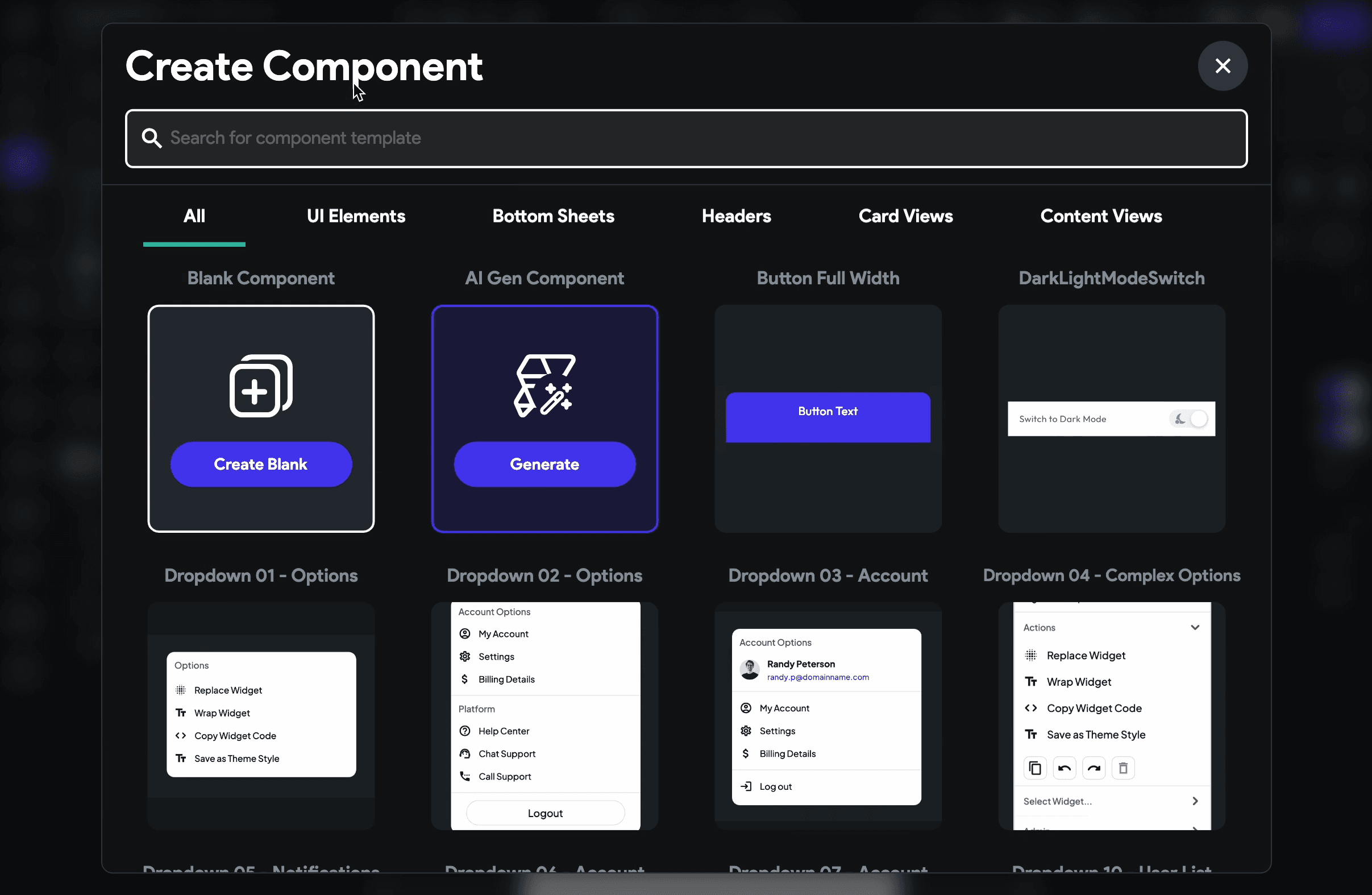
Select AI Features: Navigate to the AI components section in FlutterFlow. Choose the AI features you want to integrate into your app, such as chatbots, image recognition, or predictive analytics.
Add an AI Component: Drag the AI component onto your app’s canvas. For instance, if you're adding a chatbot, drag the chatbot widget to the desired location in your app.
Configure AI Settings: Click on the AI component to open its settings. Configure it by linking it to an AI service like Google Dialogflow, IBM Watson, or another AI platform supported by FlutterFlow.
Step 4: Add Backend Services
Connect to a Database: Link your app to a backend database to store user data. FlutterFlow supports integration with databases like Firebase and Firestore.
Set Up Authentication: Implement user authentication to secure your app. FlutterFlow offers built-in support for various authentication methods, including email/password and social media logins.
Configure APIs: If your app requires external data, set up API calls within FlutterFlow. Use the API configuration tool to connect to external services and fetch data dynamically.
Step 5: Integrate APIs
Identify APIs: Determine which APIs you need (e.g., social media, payment, maps, weather).
Obtain API Keys: Sign up for developer accounts and get API keys.
Add API Integration: In FlutterFlow, go to "Integrations" > "API & Web Services" and add a new API (Supabase, SQLite, Admob).
Enter Details: Input the API endpoint URL and authentication details.
Map Data: Use FlutterFlow's visual API connector to map API data fields to your app's database schema.
Add API Actions: Use pre-built API Action Blocks to integrate API functionality into your app's UI.
Handle Errors: Implement error handling and user feedback mechanisms.
Test Integrations: Thoroughly test your API integrations to ensure data is sent and received correctly.
Step 6: Test and Debug Your App
Use FlutterFlow’s Preview: Utilize the preview mode to test your app in real-time. This allows you to see how the app functions on different devices and screen sizes.
Debug Issues: Identify and fix any issues using the debugging tools provided by FlutterFlow. Pay close attention to AI components to ensure they work seamlessly within the app.
Optimize Performance: Make necessary adjustments to optimize your app’s performance. This includes refining AI models, reducing loading times, and ensuring smooth navigation.
Step 7: Deploy Your AI-Powered App
FutterFlow Real-World Examples and Case Studies
What if building an AI-powered app was faster and easier? FlutterFlow AI is making it happen - discover how it's transforming industries with innovative applications:
AB.Money:
AB.Money, a lifestyle meditation app developed by AppFyl using FlutterFlow, achieved first place in the education App Store in Eastern Europe. Built in less than two months, the app boasts a 4.8 rating in the App Store, a 5 in Google Play, and over 250,000 users. The switch to FlutterFlow enabled rapid development, scalability, and custom functionality, resulting in over $100,000 in client-reported revenue.
Blue Pass:
The Blue Pass app, developed in just one month using FlutterFlow, unifies the database of maritime companies and commercial ships in the UAE, enhancing operational efficiency. Blue Pass was built by a team of two, the app features multiple user dashboards, navigation bars, and an admin portal, demonstrating FlutterFlow AI's capability to handle complex projects swiftly.
TrustEHR:

TrustEHR is a cross-platform healthcare app created with FlutterFlow AI, designed to effortlessly connect patients, providers, and insurers. TrustEHR includes features such as appointment scheduling, medical record management, and secure communication channels, all aimed at improving the healthcare experience through this ai application development.
GiftIt:
AI-powered gift finder that has an AI-driven chat tool integrated with iMessage and WhatsApp, showcasing FlutterFlow AI's ability to solve real-world problems. Developed in just three months using FlutterFlow AI, it leverages machine learning to provide personalized gift recommendations based on user preferences.
Dreambrush:
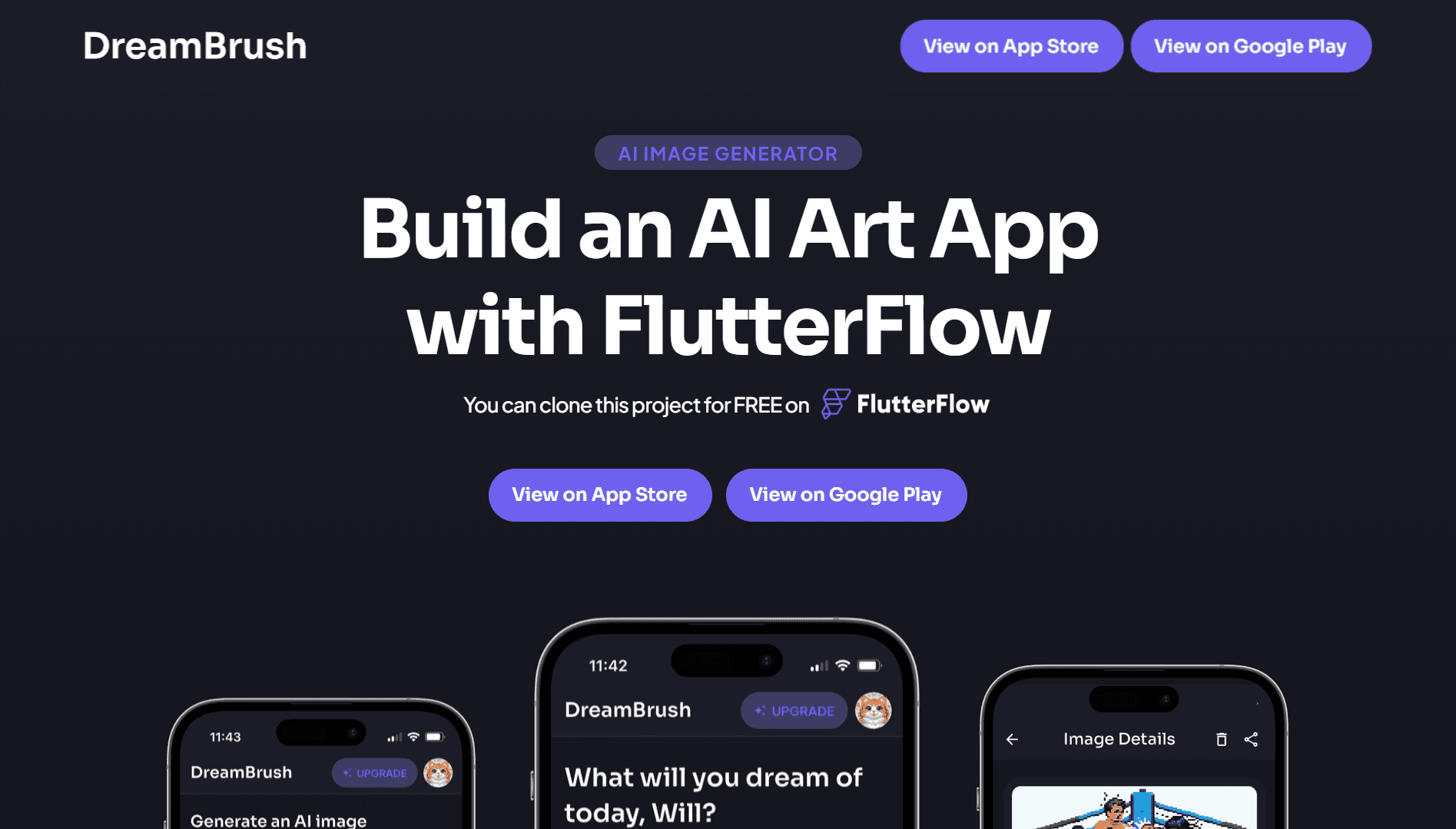
The first DALL·E 3 AI art app for iOS and Android, developed in under five days, demonstrating FlutterFlow AI's rapid AI app development capabilities. Dreambrush allows users to create thousands of AI-generated images. With a variety of art styles like Pixel Art, Pop Art, and Photorealism, it offers a unique creative experience. Users can also create custom albums to organize and showcase their digital art journey.
Forget the tip of the iceberg – FlutterFlow AI is like a jetpack for app development! FlutterFlow is making app development accessible for everyone, from educators and healthcare professionals to artists and entertainers. You can use AI-powered learning apps that make studying fun, or healthcare apps that connect patients to doctors with a tap.
SoluteLabs as a Flutter App developer, are talking about apps that push the boundaries of what's possible with AI-powered development – and we are at the forefront of this revolution. Reach out to our team to build your Flutter App.

